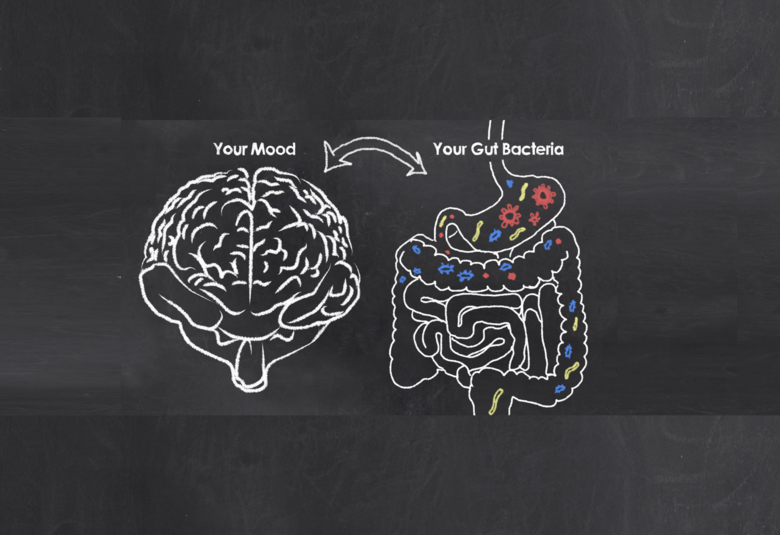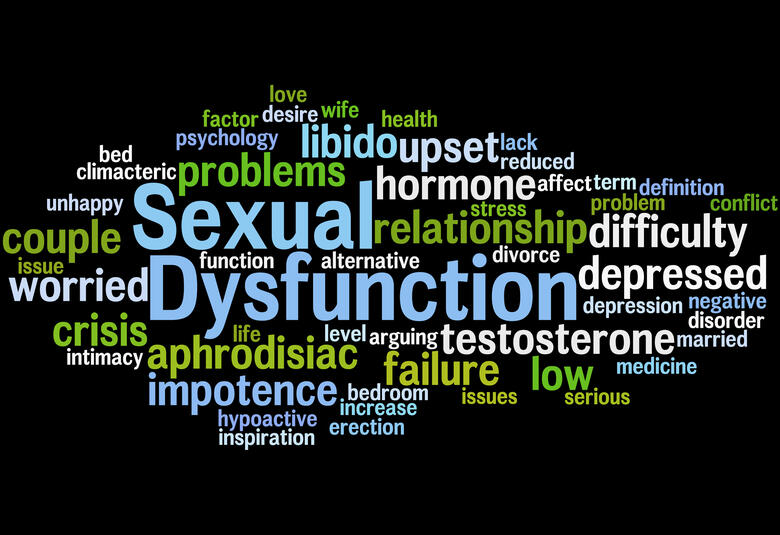Well-established therapies for Parkinson’s Disease focus on motor symptoms. In comparison, the evidence base for treating PD-associated problems such as sleep disturbance and cognitive dysfunction is thin. But the unmet need is huge. A patient-centred, personalised approach fits the data showing heterogeneous genetics and biomarkers and should be adopted in clinical trials of neuroprotection.
In his Essay, James Parkinson himself reported the symptom of brachial pain. So cases of the disease that now carries his name have never been solely a motor syndrome.
As Kurt Jellinger points out, Parkinson’s disease (PD) is associated with a body-wide distribution of alpha-synuclein aggregates.1 They are certainly not restricted to the nigrostriatal system that accounts for the central motor features of the disease but may also be found – for example -- in the olfactory bulbs, colon, heart and skin.
So it is not surprising that there are elements in PD of dysfunction in smell and the autonomic system, in sleep and in mood and cognition. Such problems may be particularly evident in the prodromal, pre-motor phases of the disease. But there is great variation between individuals in the extent and time course of such problems. And this justifies personalising our treatment.
This theme was developed by K Ray Chaudhuri, King’s College, London, UK, in his presentation at the recent event James Parkinson – An Essay on the Shaking Palsy 1817: A Celebration of 200 Years of Progress, organised by the International Parkinson and Movement Disorder Society.
Many transmitters involved in non-motor symptoms
There is involvement in PD of misfolded alpha-synuclein, of course. But there seems also to be a role for neuroinflammation, and for abnormalities in non-dopaminergic neurotransmitter networks. Considerable evidence suggests cholinergic deficits, and the involvement of noradrenergic systems in the heart and the periphery.2
When compared with age-matched controls, patients with early PD have lower levels of acetylcholinesterase as measured by PET imaging in the small intestine, colon and kidneys, suggesting the presence of parasympathetic denervation.3
While anxiety and apathy are associated with striatal dopaminergic deficiency, non-motor symptoms such as depression and hallucinations seem to be driven by non-dopaminergic transmitter deficits.
In short, there is pathology inside the CNS, but also plenty outside it; there are dopaminergic deficits, but also problems with other neurotransmitters.
There is pathology inside the CNS, but also plenty outside it
Do we need a less nigro-centric approach
Alberto Espay and colleagues are arguing that PD is not one but several disorders. These disorders share the phenomenon of degeneration in the nigral dopamine system, but the underlying molecular and genetic basis is very heterogeneous. As we aim to develop neuroprotective strategies, we cannot expect one size to fit all. To make progress, we have to use biomarkers to define homogeneous subtypes and then tailor interventions accordingly.4
As an example of heterogeneity, in a study of more than seven hundred PD patients with either the G2019S or G2385R LRRK2 mutation and a similar number with idiopathic PD, the frequency of motor fluctuations was higher in G2385R carriers than with either G2019S-related or idiopathic disease. Compared with idiopathic PD patients, those with LRRK2 mutations were more likely to have a postural instability gait disorder phenotype. There were also differences in depression score.5
We are also identifying genetic and other factors relating to the risk of early PD-related psychosis. Evidence for the involvement of cortical thinning is intriguing. 6 And there appear to be racial or ethnic differences in susceptibility to hallucinations.
If we could identify factors predictive of cognitive dysfunction, we could start cognitive training at an early stage
Treating the person with PD
Patients differ from each other in their preferences for treatment, which may relate to personality. They differ in comorbidities such as type II diabetes, which can influence choice of the route by which therapies are given. Age at onset seems to affect PD phenotype, possibly associated with different patterns of Lewy body deposition in the brain. Younger patients may have a greater risk of PD-associated depression.
We should take into account the fact that individual patients will be affected to a greater or lesser degree by deficits in neurotransmitter networks other than those involving dopamine. The contribution of cholinergic and noradrenergic systems has implications for symptomatology and the course of disease progression. Understanding their role may allow a particular patient to make relevant adjustments in lifestyle, or at least to plan for the future.
A highly relevant example is PD-associated cognitive decline. If we could reliably identify factors predictive of cognitive dysfunction and ultimately of dementia, we could start cognitive training at an early stage – or at least enable an individual to prepare for what is to come.7
A personalised medicine approach means more than genomic medicine. It encompasses pharmacogenomics, personality, lifestyle, comorbidities, age, and clinical subtyping. Some doubt the idea of clinical phenotypes in PD. But there is biomarker evidence for them. Clinical trials now in progress are investigating treatments for non-motor manifestations of the disease. This is welcome, since the unmet medical need is huge.
Our correspondent’s highlights from the symposium are meant as a fair representation of the scientific content presented. The views and opinions expressed on this page do not necessarily reflect those of Lundbeck.




